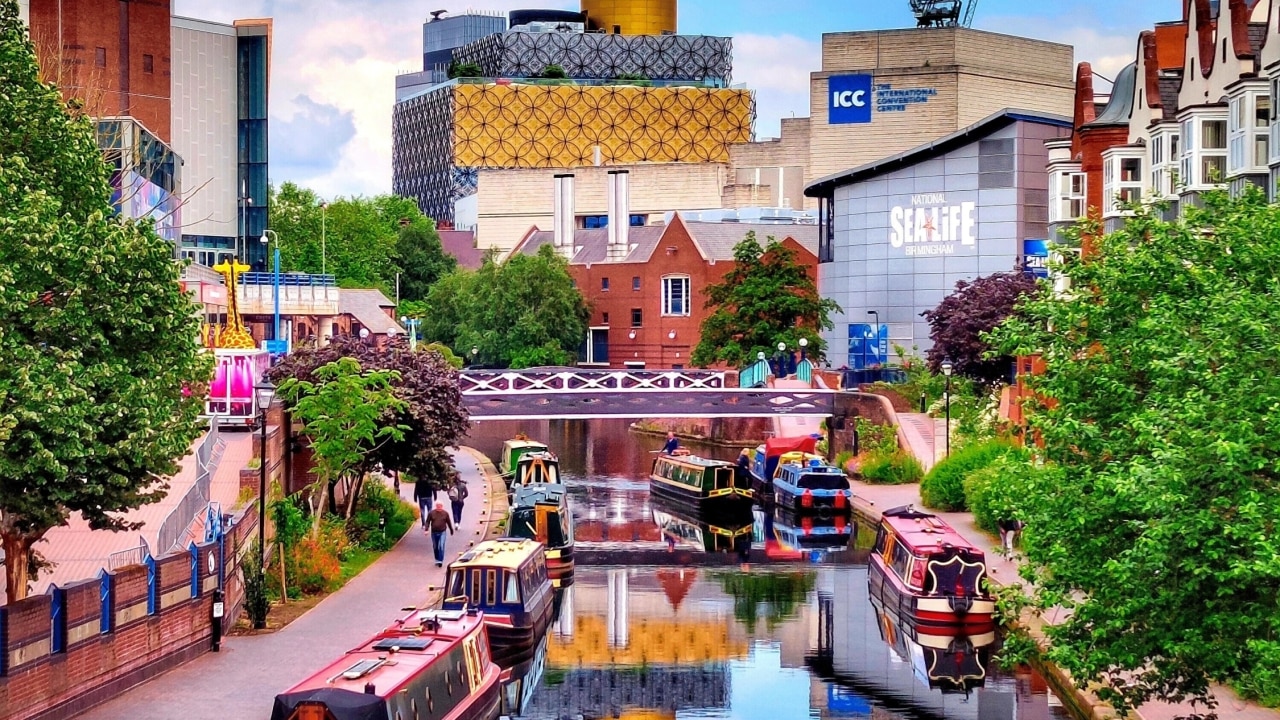Birmingham, a city vibrating with modernity, likewise supports a rich tapestry of background within its dynamic roads. Join us on a trip with time as we reveal the historical gems that stand as quiet witnesses to Birmingham's evolution. From middle ages marvels to industrial landmarks, the historical locations in Birmingham weave a story that transcends centuries.
1. Aston Hall: A Jacobean Jewel:
Snuggled within Aston Park, Aston Hall is a stately Jacobean manor that dates back to the very early 17th century. Constructed for Sir Thomas Holte, it stands as one of Birmingham's finest architectural prizes. The splendour of its red-brick appearance and luxurious interiors shows the riches and impact of its original proprietor. Today, Aston Hall invites visitors to go back in time and discover its perfectly maintained areas, adorned with duration furniture and art, using a glance into Birmingham's polished past.
2. Birmingham Back to Backs: Living Background:
Hidden in the heart of the city, Birmingham Back to Backs supply an unique glance right into the lives of the working-class locals who once occupied these slim, interconnected houses. Managed by the National Trust fund, these flawlessly maintained houses offer a dazzling portrayal of life during the 19th and early 20th centuries. With experienced guides blazing a trail, site visitors can go across the confined space and cobbled courtyards, submersing themselves in the day-to-day struggles and accomplishments of Birmingham's commercial past.

3. St. Philip's Sanctuary: A Spiritual Sanctuary:
Standing proudly in the city center, St. Philip's Basilica is a testament to Birmingham's ecclesiastical history. Built in the very early 18th century, the cathedral's neoclassical style and stylish apex add to Birmingham's horizon. The inside, with its intricate stained glass home windows and tranquil atmosphere, provides a reprieve from the dynamic metropolitan surroundings. As one of the city's earliest structures, St. Philip's Sanctuary Birmingham remains a place of worship, history, and quiet consideration.
4. The Jewelry Quarter: A Guild of Craftsmanship:
Entering the Jewelry Quarter is like getting in a living museum of workmanship and industry. With origins dating back to the 18th century, this location became the center of Birmingham's precious jewelry trade. Rock roads are lined with historic workshops and factories, a number of which have been repurposed into modern rooms. The Jewelry Quarter's Golden Square, embellished with the Chamberlain Clock, stands as a homage to Joseph Chamberlain's impact on the city's commercial and political history.
5. Sarehole Mill: Tolkien's Ideas:
Nestled along the River Cole, Sarehole Mill is a picturesque watermill that played a crucial function in the childhood of J.R.R. Tolkien. The mill and its surrounding landscape served as ideas for the County in Tolkien's literary masterpiece, "The Lord of the Rings." Site visitors can explore the working mill, enter Tolkien's childhood world, and understand the extensive impact Birmingham's landscapes had on one of the best authors of the 20th century.
Finally:
Birmingham's historic areas are greater than plain residues of the past; they are living stories that attach the city's existing to its rich heritage. From the luxury of Aston Hall to the laborious spirit of the Jewellery Quarter, each landmark unravels a phase in Birmingham's tale. As the city advances into the future, these historical treasures stand as testimonies to the resilience, creativity, and enduring spirit that specify Birmingham via the ages.
